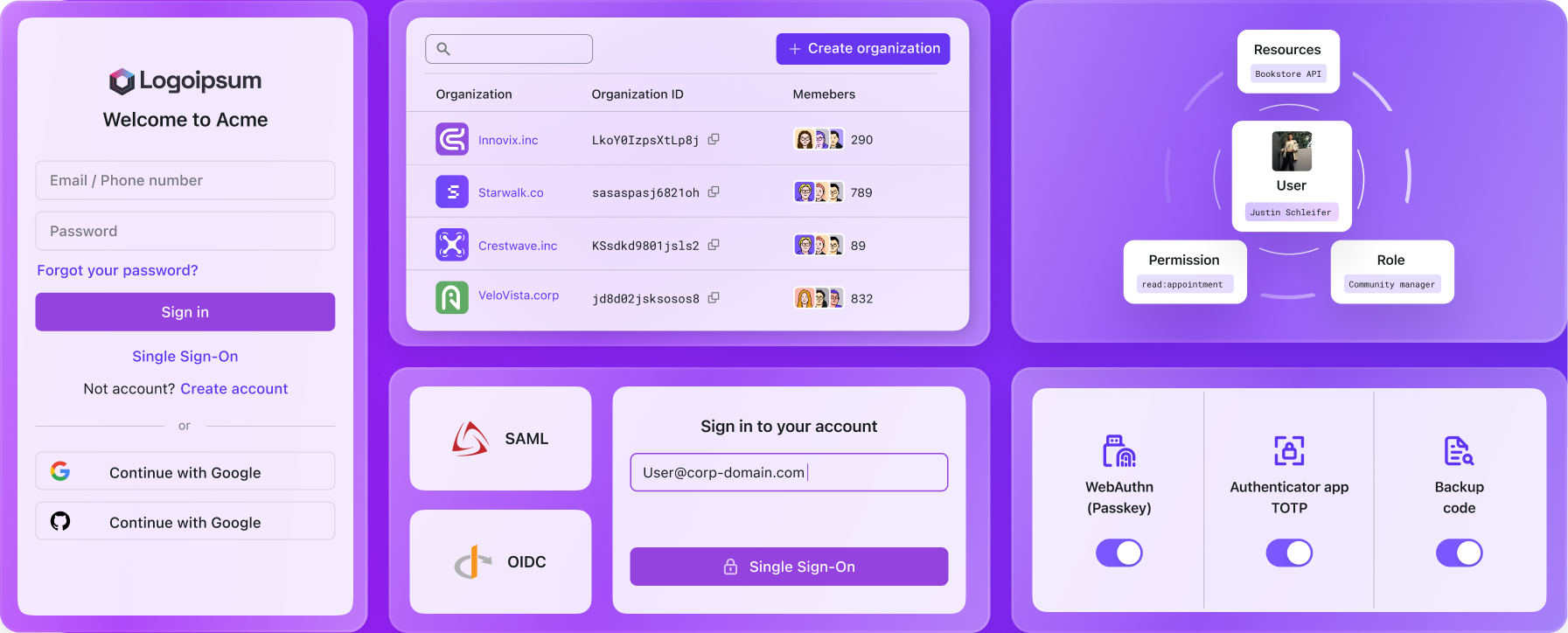English
Top coding agents in 2025: Tools that actually help you build
A detailed comparison of top AI coding agents like Cursor, GitHub Copilot, Windsurf, Bolt.new, and Replit. This article breaks down their key features, strengths, and ideal use cases to help developers choose the right tool for their workflow.

